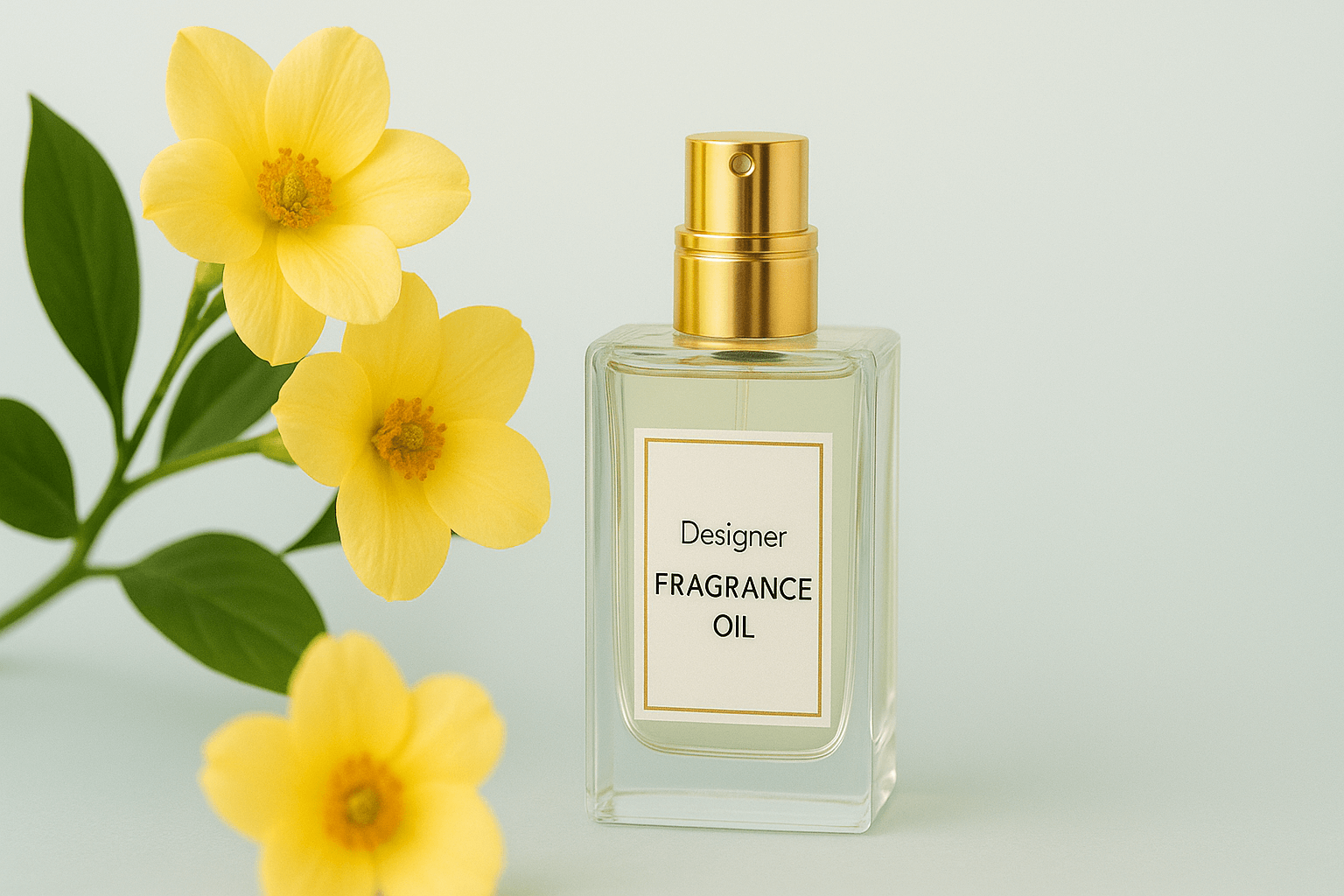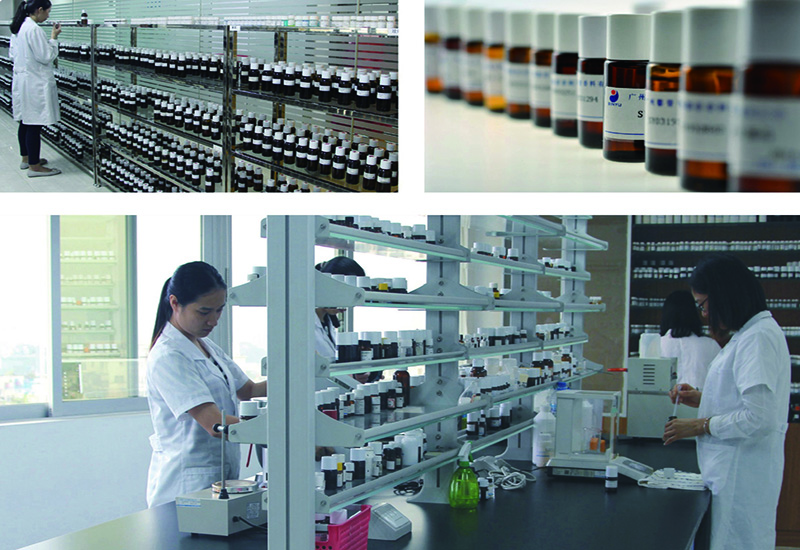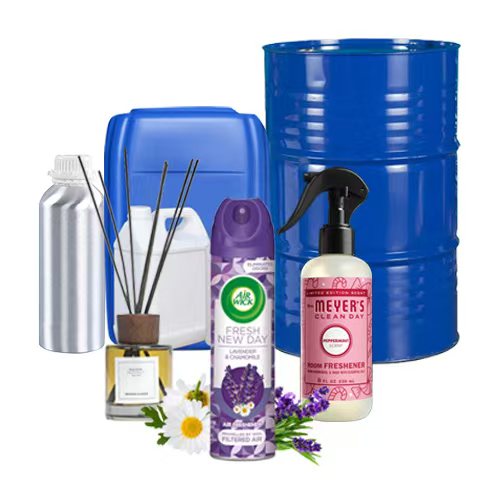



IFRA-compliant fragrance oils for perfume making—from bulk to indie. Save on costs, ensure skin-safe blends & craft unique scents with I’SCENT.
When you’re crafting a trademark scent, you don’t want shocks. You need components that play great with your skin and supply a regular olfactory profile. That’s why sourcing IFRA-compliant fragrance oils matters.
Reputable suppliers publish IFRA (International Fragrance Association) certificates. You get an exact list of raw materials, max usage levels and even stability data. That transparency cuts down R&D cycles—no more guessing which base note will fade first.
Imagine you’re a small perfume brand prototyping a new lavender–vanilla blend. You order 100 mL from a fine fragrance specialist, check the Certificate of Analysis, and run a quick skin-patch test. Because you picked I’SCENT fragrance oils from their Fine Fragrance line, you skip extra safety trials and hit production faster.
If you’re launching or scaling a boutique perfume line, middle-man markups can kill your margin. Going direct cuts costs—and opens doors to tiered pricing.
By ordering from an oil-based perfume supplier like I’SCENT’s Perfume Oil Manufacturer, you tap CGMP-grade production and laddered discounts.

“Sweet & Spice” Perfumes needed 2 kg of cinnamon bark accord. They saved 25 % by switching from a local wholesaler to I’SCENT’s bulk plan—money they reinvested in marketing.
Not every fragrance oil works the same when you wear it. If you’re bottling roll-ons or body sprays, you need “cosmetic-grade” or “skin-safe” tags.
I’SCENT’s Personal Care Fragrance portfolio lists pH-balanced bases and “fade-proof” modifiers. That means your shampoo stays fragrant until the last rinse.
Adding a plant-derived fixative (e.g. ambroxan) anchors volatile top notes. One perfumer I worked with tweaked her floral accord by 0.5 % ambroxan, and her testers reported a 12-hour scent trail.
Today’s customers want more than “nice smell.” They look for mood-boosters, odor neutralizers, even insect repellence.
I’SCENT’s home care line at Home Care Fragrance offers “odor-kill” and “speed-dry” tags. A detergent brand I know slashed customer complaints by 30 % after swapping in their citrus-musk oil.

Not everyone can shell out for licensed designer scents. That’s where dupes come in handy.
You’ll find 10–30 mL bottles mimicking major labels for $5–15. Quality varies, but many hobby perfumers swear by them for quick market tests.
| Source | Price Range | Volume | Notes |
|---|---|---|---|
| I’SCENT Perfume OEM/ODM | $20–$50 / 30 mL | Samples & bulk | True-to-label accords, custom formulation |
| Etsy Indie Sellers | $5–$15 / 10 mL | Small lots | Low commitment, variable IFRA compliance |
| Online Wholesalers | $15–$30 / 50 mL | Mid-size | Often carry cosmetic grade, check safety docs |
By tapping I’SCENT’s Perfume Fragrance Oil Solutions, brands get a licensed-look scent without the licensing fees.
If you’re a purist, you might skip synthetic aroma chemicals altogether. Here’s how to blend plant extracts with carrier oils.
This approach works for aromatherapy product manufacturers who want “all-natural” badges. You can even list your carrier as “skin-nourishing” on the label.
By mixing these strategies– bulk sourcing, cosmetic-grade safety, practical solutions, and DIY all-natural blends– you’ll locate the pleasant area in between expense, top quality, and technology. Whether you’re an enthusiast or a pro label owner, the ideal fragrance oils open doors to countless scent tales.